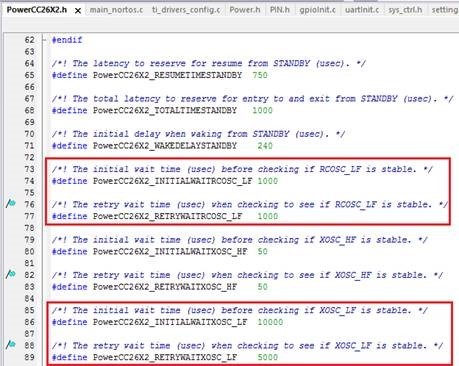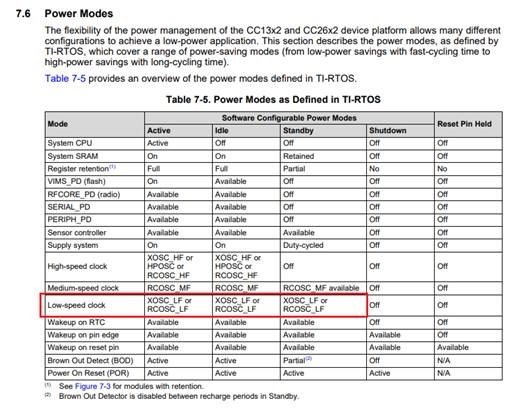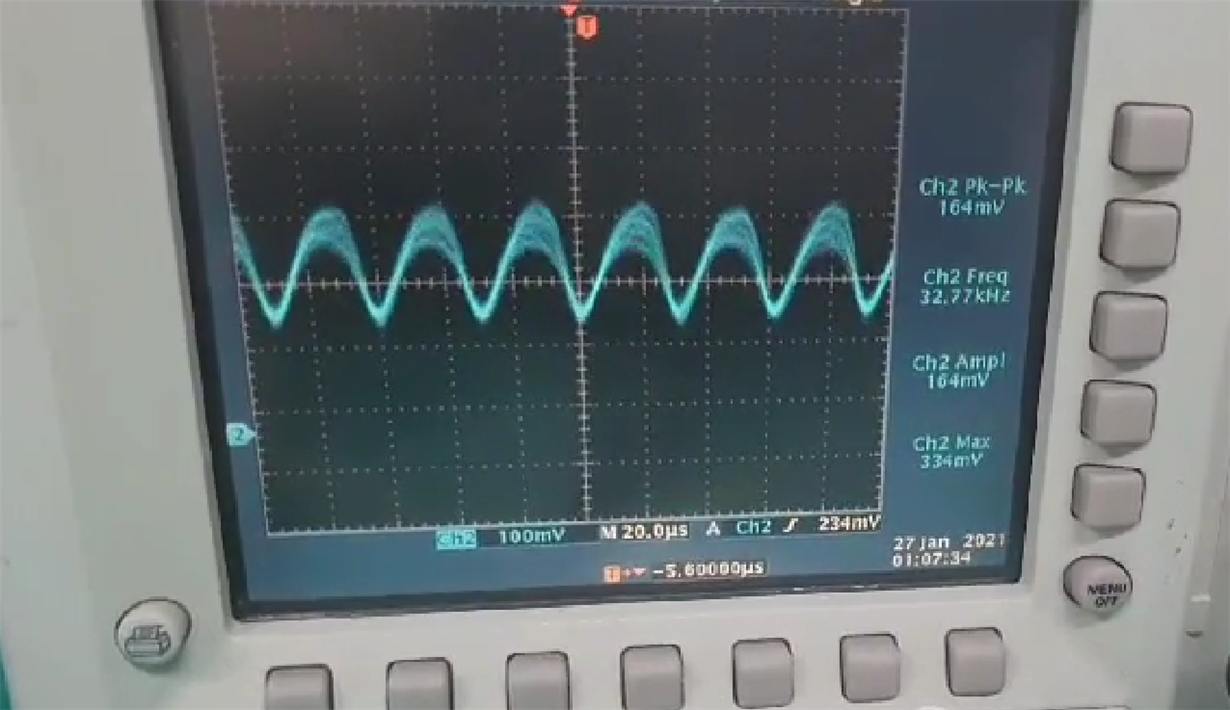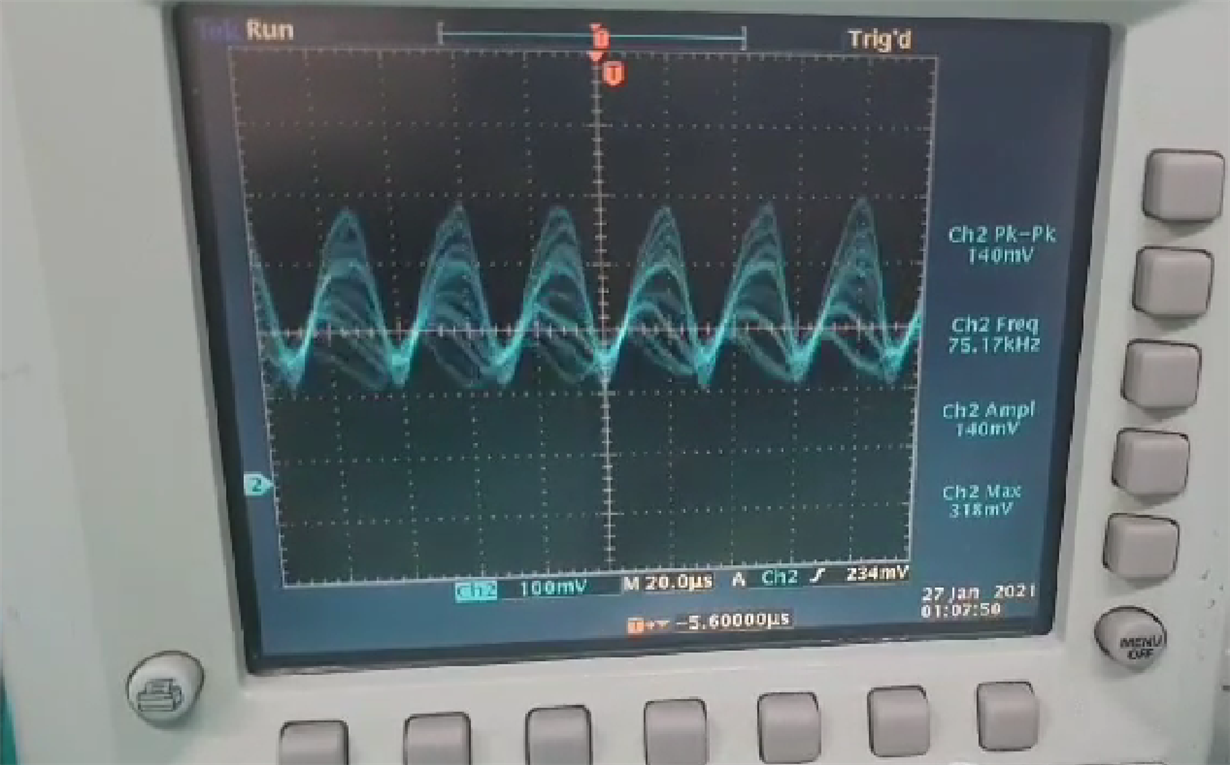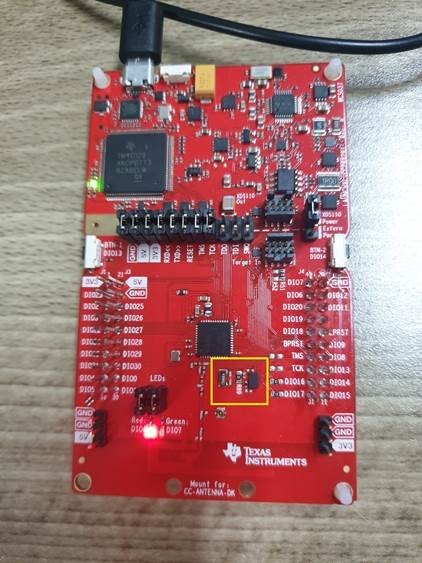Hi, TI expert.
My customer has a question about the oscillator of the CC2652R1 module.
In the case of the module, it is known that 48MHz for HF (High Frequency) and XOSC (32.768kHz) and RCOSC (32kHz) for LF (Low Frequency) are available.
According to the document'swra495h', it is indicated that XOSC can be used up to ±500 ppm. (Link below swra495h)
Currently, LF is being used by applying XOSC (32.768kHz) (2.4GHz Proprietary Mode), and a temperature related issue occurred. (Reset MCU at -20℃)
As it is an application that does not use Sleep Mode in the Power Policy, it seems that it can be applied with RCOSC (internal 32kHz), so I ask for a question.
Q1) What is the XOSC input tolerance?
What happens if the tolerance is out of bounds?
(I would like to know the allowable amplitude and frequency tolerance of the clock.)
Q2) Is there any problem with the application when using RCOSC instead of XOSC?
(Peripheral in use in Application-picture below)


